- About us
- Support the Gallery
- Venue hire
- Publications
- Research library
- Organisation chart
- Employment
- Contact us
- Make a booking
- Onsite programs
- Online programs
- School visit information
- Learning resources
- Little Darlings
- Professional learning
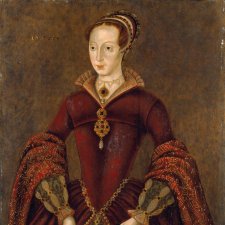
Traversing paint and pixels, Inga Walton examines portraits of select women in Tudors to Windsors: British Royal Portraits.
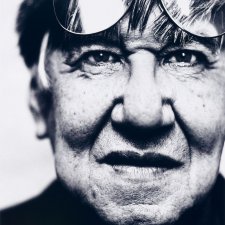
Magda Keaney speaks with Lewis Morley about his photographic career and the major retrospective of his work on display at the NPG.
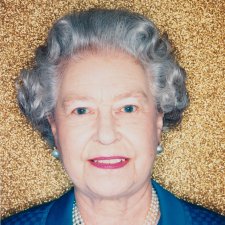
Photographer Polly Borland on capturing Queen Elizabeth II.

Scientists tend to conjure up images of men in white coats in labs but this is just one stereotype in an evolving history of how we have perceived scientists, and how their profession has been understood over the years.
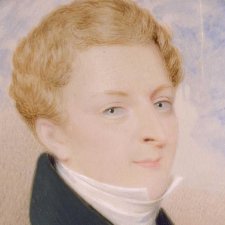
The acquisition of the ivory miniatures of Mortimer and Mrs Lewis.
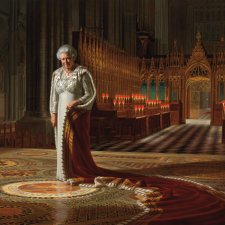
Dr Sarah Engledow tells the story of The Queen’s Diamond Jubilee portrait by Australian artist Ralph Heimans.
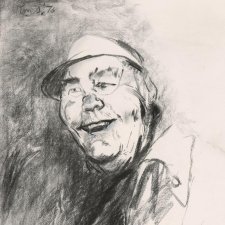
Michael Desmond explores what makes a portrait subject significant.
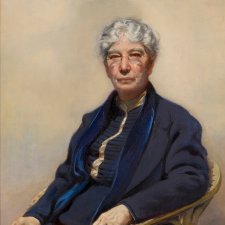
Dr Sarah Engledow explores the portraits of writers held in the National Portrait Gallery's collection.
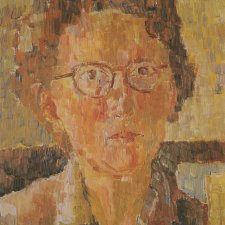
This issue of Portrait Magazine features Grace Cossington Smith, the Fairfax portrait gift and Lewis Morley's photographs.
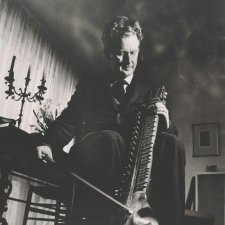
It is not well known that the person who composed the famous theme music for the BBC's Doctor Who series was Australian Ron Grainer.
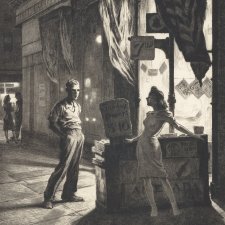
Joanna Gilmour explores the enticing urban shadows cast by artists Martin Lewis and Edward Hopper.
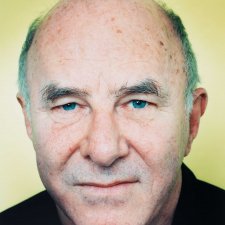
Polly Borland's photograph of The Queen was commissioned by Buckingham Palace as part of a series of high profile celebrations to mark the Golden Jubilee.
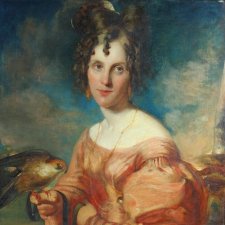
Charting a path from cockatiel to finch, Annette Twyman explores her family portraits and stories.
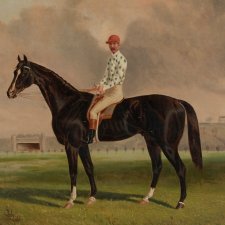
Blue Mountain, Owner, Trainer, Jockey, James Scobie 1887 by Frederick Woodhouse Snr. is a portrait of James Scobie, well known jockey and eminent horse trainer.
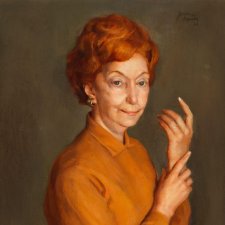
The name of Florence Broadhurst, one of Australia’s most significant wallpaper and textile designers, is now firmly cemented in the canon of Australian art and design.
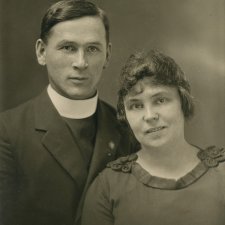
Tamsin Hong recounts the tale of Marion Smith, the only known Australian Indigenous servicewoman of World War One.
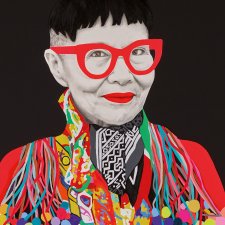
Hugh Ramsay, the fashion of Jenny Kee and Linda Jackson, Peter Wegner's centenarian series, John and Elizabeth Gould's family connections, Karen Quinlan's top five portraits and more.
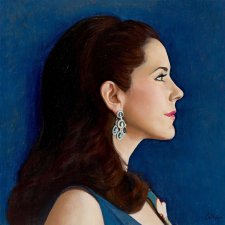
The full-length portrait of HRH Crown Princess Mary of Denmark by artist Jiawei Shen, has become a destination piece for visitors.
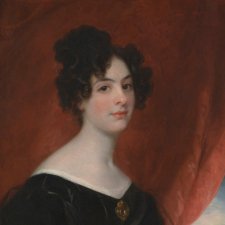
Joanna Gilmour explores the life of colonial women Lady Ellen Stirling, Eliza Darling, Lady Eliza Arthur, Elizabeth Macquarie and Lady Jane Franklin.
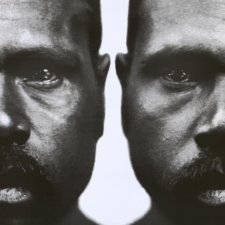
William Yang on his autobiographical self portraits, David Parker's 1970s and 80s Melbourne music photographs, seven-time NPPP finalist Chris Budgeon, and Benjamin Warlngundu Ellis.
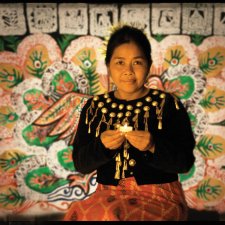
The Australian public was invited in 2008 to vote for their favourite Australian. After the votes were tallied an exhibition of the top-ten Popular Australians and the top-twenty unsung heroes was displayed at the National Portrait Gallery.
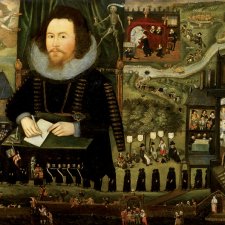
Alison Weir explores the National Portrait Gallery, London and the BP Portrait Award to find what makes a good painted portrait - past and present.
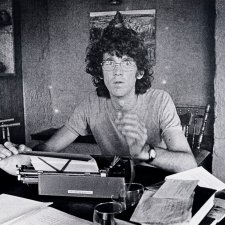
A reflection on the National Portrait Gallery's first four years.
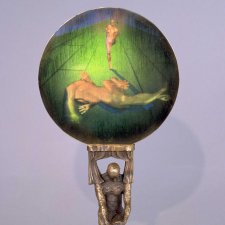
Sam Bowker examines Paula Dawson's Mirror, Mirror - a holographic portrait of Graeme Murphy.
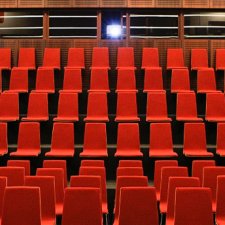
Michael Kimmelman, Chief Art Critic of The New York Times and author of Portraits: Talking with Artists at the Met, the Modern, the Louvre and Elsewhere, presented the National Portrait Gallery Third Anniversary Lecture on 2 March 2002. He was generously brought to Australia by the Gordon Darling Foundation and Qantas.
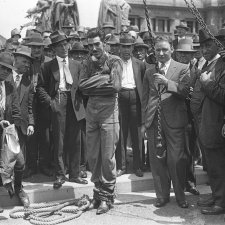
John Zubrzycki lauds the characters of the Australian escapology trade.

Aircraft designer, pilot and entrepreneur, Sir Lawrence Wackett rejoins friends and colleagues on the walls of the National Portrait Gallery.
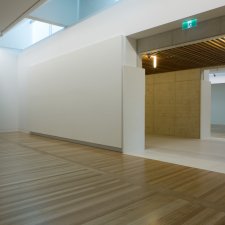
Christopher Chapman highlights the inaugural hang of the new National Portrait Gallery building which opened in December 2008.
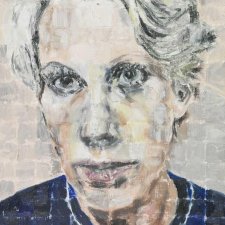
Drawn from the Gallery's collection, the exhibition Face the Music explores the remarkable talents and achievements of Australian musicians, composers, conductors and celebrities associated with the music industry.
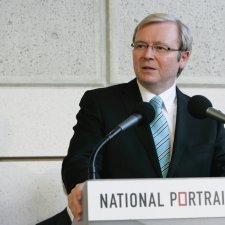
In his speech launching the new National Portrait Gallery building on 3 December 2008, then Prime Minister Kevin Rudd set the Gallery in a national and historical context.
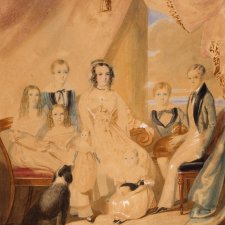
Joanna Gilmour writes about the portraiture of the colonial artist William Nicholas.
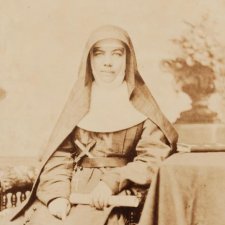
Emanuel Solomon gave shelter to the Sisters of St Joseph upon the excommunication of St Mary MacKillop.
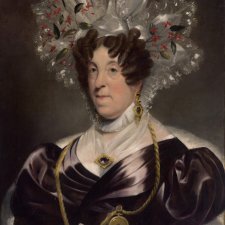
Joanna Gilmour describes how colonial portraitists found the perfect market among social status seeking Sydneysiders.
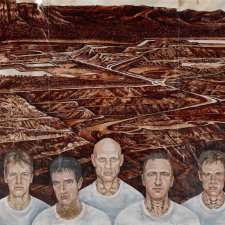
Magda Keaney explores the symbolism in eX de Medici's portrait of Midnight Oil.
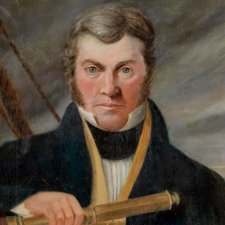
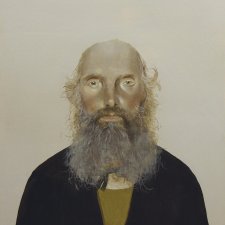
Sarah Engledow arrives at the junction of fate and hope in Sarah Ball’s poignant Immigrants series.
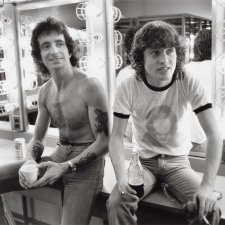
Bon Scott and Angus Young photographed by Rennie Ellis are part of a display celebrating summer and images of the shirtless male.
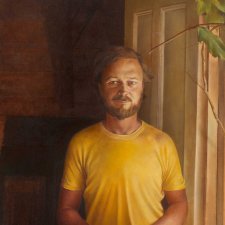
As Bryan Westwood’s portrait of Brian Dunlop hangs adjacent to Brian Dunlop’s portrait of the philanthropist Dr Joseph Brown AO OBE, we see the artist of one work as the subject of the other.
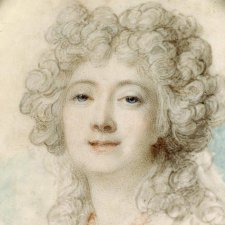
Joanna Gilmour looks beyond the ivory face of select portrait miniatures to reveal their sitters’ true grit.
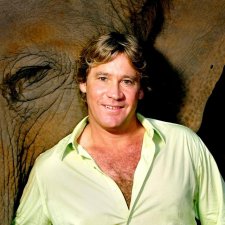
Robin Sellick captured a rare moment of quietude from the late conservation star Steve Irwin.

The biographical exhibition of Barry Humphries was the first display of its kind at the National Portrait Gallery.
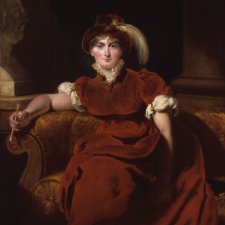
Anne Sanders writes about the exhibitions Victoria & Albert: Art & Love on display at the Queen's Gallery, Buckingham Palace and the retrospective of Sir Thomas Lawrence at the National Portrait Gallery, London.
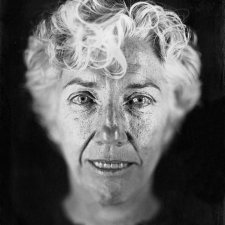
Michael Desmond examines the daguerreotype portraits created by American artist Chuck Close.
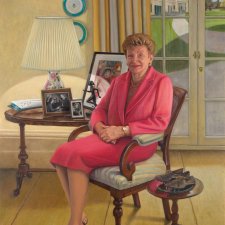
As part of its ongoing program of commissions of portraits of prominent Australians, the National Portrait Gallery has unveiled a portrait of Her Excellency Marjorie Jackson-Nelson by South Australian artist Avril Thomas.
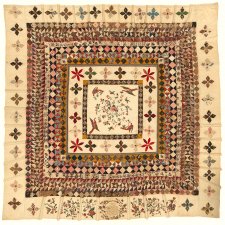
The Rajah Quilt’s narrative promptings are as intriguing as the textile is intricate.
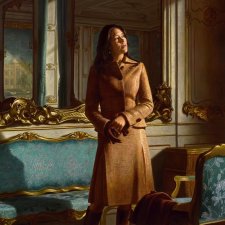
Joanna Gilmour takes us behind the scenes of some of Ralph Heimans’ best-known portraits of royalty, heads of state and cultural icons.
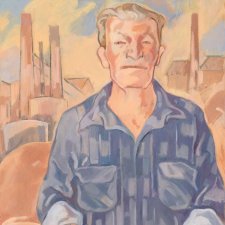
Dr Sarah Engledow delves into the life of union leader Pat Mackie who is depicted in a portrait by Nancy Borlase AM.
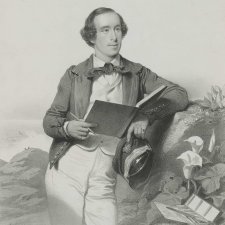
Dr Sarah Engledow explores the lives of Sir George Grey and his wife Eliza, the subjects of a pair of wax medallions in the National Portrait Gallery's collection.

Dr Sarah Engledow discusses Quentin Jones's photograph of Australian author Tim Winton.
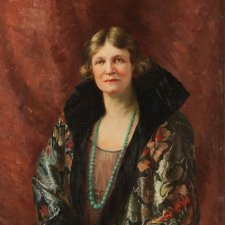
Penelope Grist explores the United Nations stories in the Gallery’s collection.
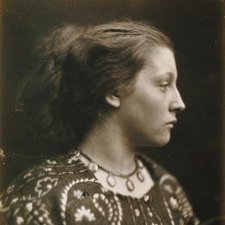
In March 2003 Magda Keaney travelled to London to join the photography section of the Victoria & Albert Museum for three months.
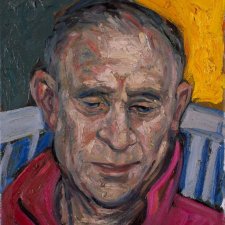
The exhibition Portraits for Posterity celebrates gifts to the Gallery, of purchases made with donated funds, and testifies to the generosity and community spirit of Australians.
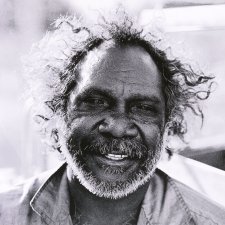
Djon Mundine OAM brings poignant memory and context to Martin van der Wal’s 1986 portrait photographs of storied Aboriginal artists.
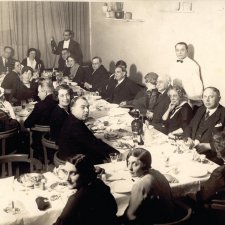
Anne Sanders finds connections in Inner Worlds between Hungarian expatriates and the development of psychoanalysis in Australia.
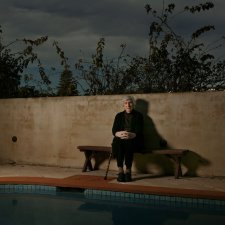
The Glossy 2 exhibition highlights the integral role magazine photography plays in illustrating and shaping our contemporary culture.
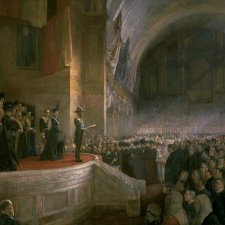
Celebrates the centenary of the first national art collection, the Historic Memorials Collection, housed at Australia's Parliament House.
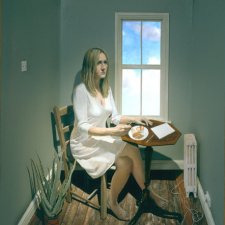
Lecture by Sandy Nairne, Director, National Portrait Gallery, London, given at the National Portrait Gallery, Canberra on 28 April 2006.
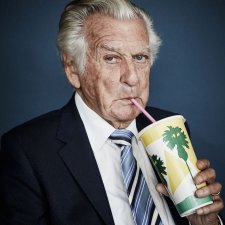
Barrie Cassidy pays textured tribute to the inimitable Bob Hawke.
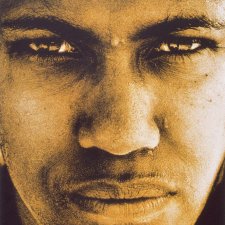
The exhibition Depth of Field displays a selection of portrait photographs that reflect the strength and diversity of Australian achievement.
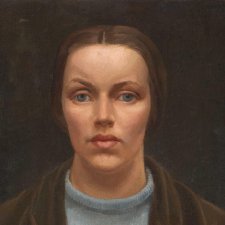
National Portrait Gallery director Karen Quinlan AM nominates her quintet of favourites from the collection, with early twentieth-century ‘selfies’ filling the roster.
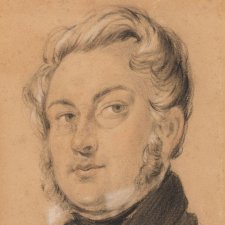
Joanna Gilmour revels in accidental artist Charles Rodius’ nineteenth century renderings of Indigenous peoples.

Sarah Engledow on Messrs Dobell and MacMahon and the art of friendship.
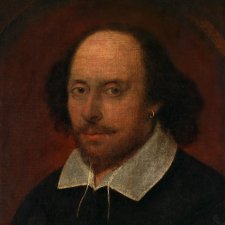
Joanna Gilmour travels through time to explore the National Portrait Gallery London’s masterpieces in Shakespeare to Winehouse.
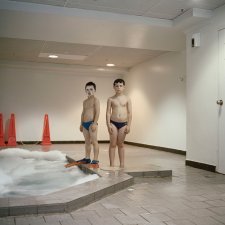
April Thompson explores an exhibition of Ingvar Kenne’s global portrait project.

The story behind two colonial portraits; a lithograph of captain and convict John Knatchbull and newspaper illustration of Robert Lowe, Viscount Sherbrooke.
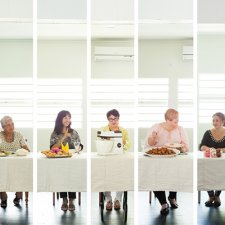
Michael Wardell on Chrys Zantis’ Ora.
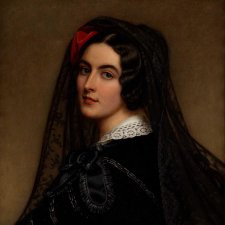
Joanna Gilmour explores the fact and fictions surrounding the legendary life of Irish-born dancer Lola Montez.

Barry York charts the course from childhood request to autographed celebrity portrait anthology.
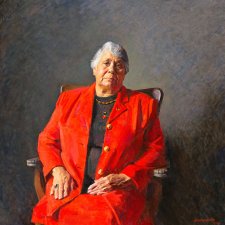
Robert Hannaford has completed around 400 portraits over the span of his career.
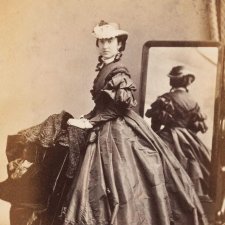
The death of a gentlewoman is shrouded in mystery, a well-liked governor finds love after sorrow, and two upright men become entangled in the historical record.
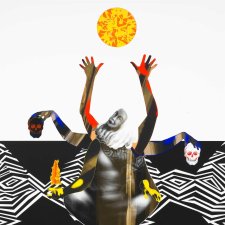
Gallery directors Karen Quinlan and Tony Ellwood talk to Penelope Grist about the NPG and NGV collaborative exhibition, Who Are You: Australian Portraiture.
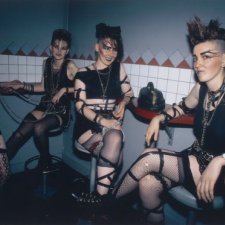
The exhibition Aussies all features the ecclectic portrait photography of Rennie Ellis which captures Australian life during the 70s and 80s.
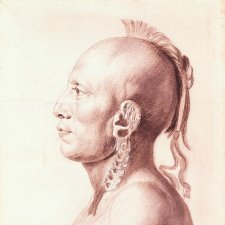
Joanna Gilmour examines the prolific output of Charles Balthazar Julien Févret de Saint-Mémin, and discovers the risk of taking a portrait at face value.
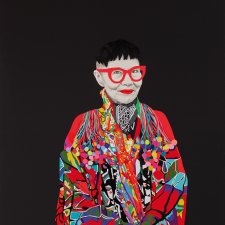
Joanna Gilmour on the exuberant union of fashion pioneers Jenny Kee and Linda Jackson, captured in luminescent splendour by artist Carla Fletcher.

Sarah Engledow casts a judicious eye over portraits in the Victorian Bar’s Peter O’Callaghan QC Portrait Gallery.
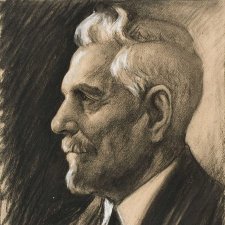
Sir Sidney Kidman (1857-1935) is inscribed in Australian legend as the ‘Cattle King’.
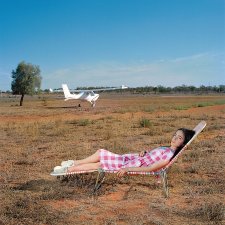
Inga Walton traces the poignant path of photographer Polixeni Papapetrou, revealed in the NGV’s summer retrospective.
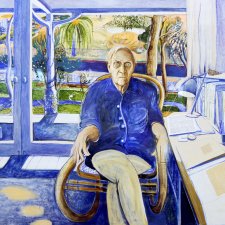
Sarah Engledow describes the fall-out once Brett Whiteley stuck Patrick White’s list of his loves and hates onto his great portrait of the writer.
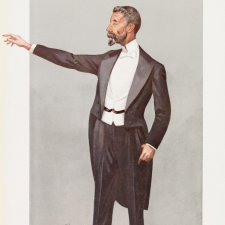
Ashleigh Wadman rediscovers the Australian characters represented with a kindly touch by the British portrait artist Leslie Ward for the society magazine Vanity Fair.
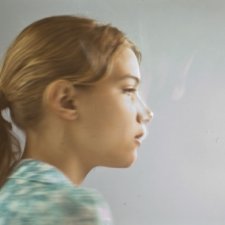
Michael Desmond introduces some of the ideas behind the exhibition Present Tense: An imagined grammar of portraiture in the digital age.

Polly Borland talks to Oliver Giles about the celebrity portraits that made her name and why she’s now making more abstract art.
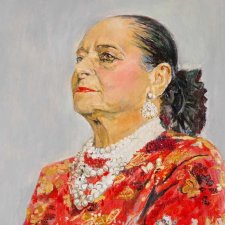
Angus Trumble reflects on the force of nature that was Helena Rubinstein.
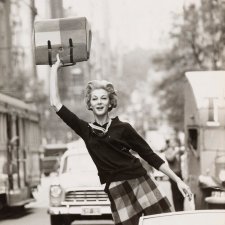
Dr Sarah Engledow puts four gifts to the National Portrait Gallery’s Collection in context.

Dr. Sarah Engledow discusses a collection of drawings and prints by the Victorian artist Rick Amor acquired in 2005.
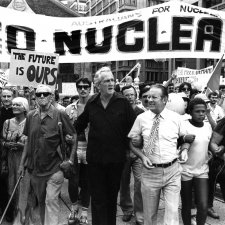
Dr Sarah Engledow examines a number of figures in the collection of the National Portrait Gallery who were pioneers or substantial supporters of the seminal Australian environmental campaigns of the early 1970s and 1980s.
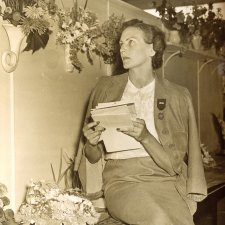
Sarah Engledow lauds the very civil service of Dame Helen Blaxland.
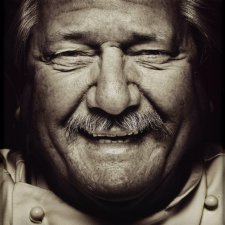
Anne Sanders imbibes Tony Bilson’s gastronomic revolution.
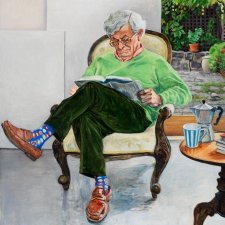
Fiona Gruber investigates the work of Australian painter Kristin Headlam.
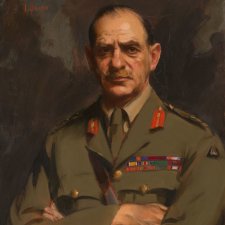
Karl James gives short shrift to doubts about the profile of General Sir John Monash.
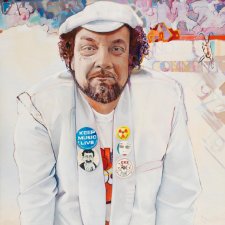
Dr Sarah Engledow discusses the recent gift of works by David Campbell.

The complex connections between four creative Australians; Patrick White, Sidney Nolan, Robert Helpmann and Peter Sculthorpe.
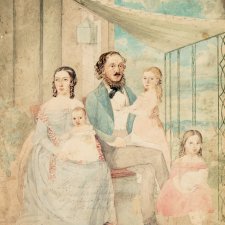
The art of Australia’s colonial women painters affords us an invaluable, alternative perspective on the nascent nation-building project.
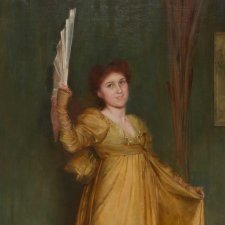
Dr. Sarah Engledow discovers the amazing life of Ms. Hilda Spong, little remembered star of the stage, who was captured in a portrait by Tom Roberts.
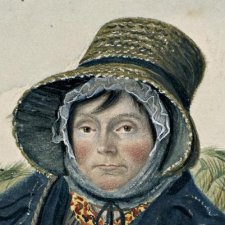
Dempsey’s People curator David Hansen chronicles a research tale replete with serendipity, adventure and Tasmanian tigers.
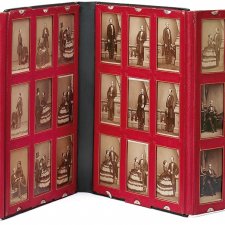
Joanna Gilmour discusses the role of the carte de visite in portraiture’s democratisation, and its harnessing by Victoria, the world’s first media monarch.
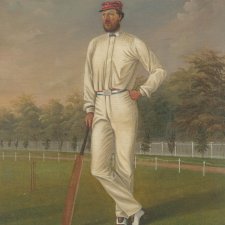
The tragic tale of Tom Wills, the ‘inventor’ of Australian Rules Football.
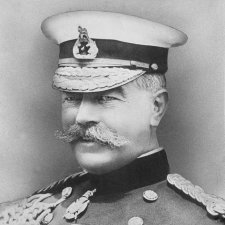
Sarah Engledow bristles at the biographers’ neglect of Kitchener’s antipodean intervention.